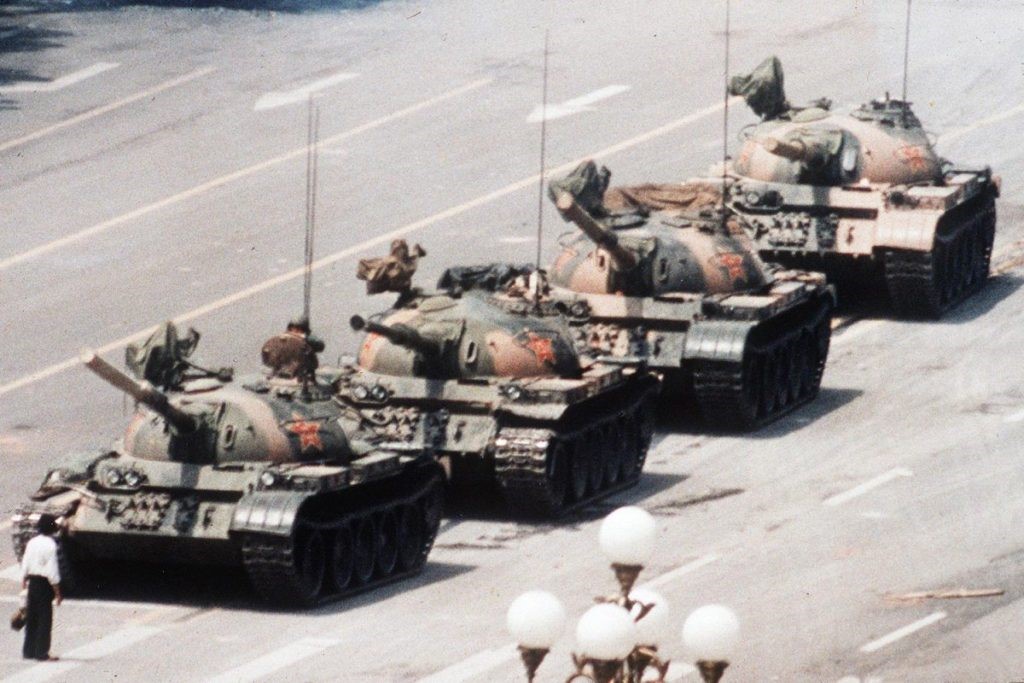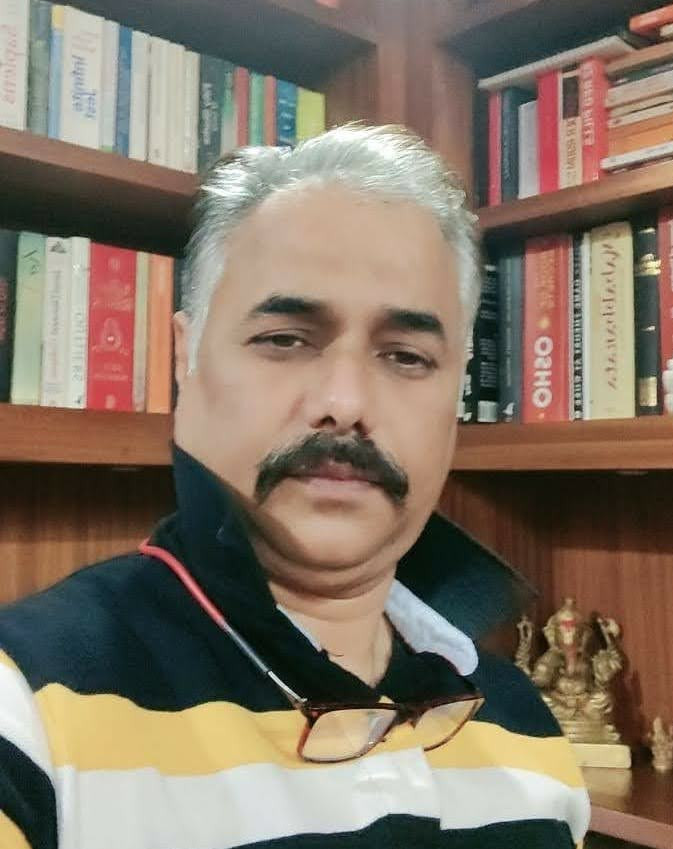A Fable on the Strength of Principles and Beliefs - On the occasion of Azadi ka Amrit Mahotsav
- In Society
- 01:01 PM, Aug 18, 2022
- Prashant Mishra
Adolescence is an impressionable age. I was in my early teens in the summer of 1990. It was the year in which one of the very first social upheavals in India’s history post-independence happened. Later on, many more upheavals would occur as the country continued its boisterous march to equilibrium.
A bill to reserve Government jobs for the disadvantaged castes was promulgated. A noble intent at its core but political expediency bastardized it into a vicious creature. And India’s fragile society already reeling from horrors of the past, corruption of the present, and mistrust of the future were further poisoned as delicately balanced social equations quickly disintegrated viciously splintering into groups and sub-groups. Popularly called the Mandal Commission, this bill was such potent radioactive cyanide that once the Genie was out of the bottle it permanently mutated India’s generation and its hideous deformed offspring are still seen today.
Deeply distressed and directly impacted, the student community took it upon itself to demand justice. And what ensued were protests across the country. Sometimes they would take ugly forms with such intensities that everything would come to a stand-still. These protests were openly organized and generally escalated into violence including extreme acts of self-immolations. At times the law-and-order situation would be just short of curfew. Thus, to quell the agitation, authorities would often resort to using brute force. My city too was a hotbed of such protests and I witnessed it first-hand.
A massive protest was organized at the university gate which was located at a road T-junction. It was a popular spot, with the high boundary wall of the university forming one long side while the other sides had equally high walls demarcating the various properties of the university campus.
In adolescence, one does not have political leanings, but one does have a whole lot of curiosity and excitement. And so, I along with a pal slipped out from the home to join the protest. We listened to endless speeches by student leaders on why the reservations were unjust and why they should be repealed. These student leaders were nothing but budding politicians mobilizing crowds, sharpening their skills, and thus having a shot at being inducted into one of the many parties that adorn India’s democracy.
I paid no attention to the speeches. Instead, I soaked in the fervour of the moment and the feeling of being part of such a big movement that everyone was talking about. “It will be cool when I tell my friends about it” was the only thought in my adolescent brain.
However, one sentence did catch my attention. Someone too old to be student leader said: “We don’t protest for ourselves alone, soon we will fade into the background. We protest for the future. In our struggle and pain today, lies a secure tomorrow”. Those words would have many ramifications on me.
As the crowd swelled, the Police began barricading all three sides of the T-Junction. The mob grew restive. Sensing it, leaders amplified their pitch. My friend suggested we must stay in the middle of the mob. If anything happens, we would be safer there. But in our hearts, excitement was giving way to panic.
And then it happened.
With a loud command, hundreds of constables descended on the mob from all three sides. The crowd quickly disintegrated as students tried to escape the dreaded lathi charge. My feet were frozen to the ground, I stood there, seeing it all in slow motion. Many scrambled away, cops huffing and puffing beating down, and people lying on the road holding their shoulders or their heads crying out in pain. In dread, tears rolled down my face. My friend had disappeared and I realized that I too must run for cover.
I saw people scaling a university wall to jump into the campus. I ran to it, but it was too high and I was too short to climb it. I sensed a cop running towards me with his lathi in the air. Nowhere to run, I bent my knees, shielded my head with my hands waiting for the snap of the stick. My mind went blank.
I heard the smack of the lathi but felt nothing. Then, I heard a painful grunt. I moved my hand slightly and from the corner of my eye saw a big burly fellow, pinning me to the wall and shielding me from the merciless blows. Blood splattered on my face and trickled down my cheek. The screaming, the shouting continued in the background for what seemed like an eternity.
Then, just as suddenly as it had begun, the lathi-charge stopped. Sensing the opportunity, I wriggled out and ran with all my strength, too afraid and too selfish to even look back at my protector.
I remember those idyllic school days and that fateful summer afternoon. The regret of not looking back and not expressing my gratitude is something that I guess I will have to live with all my life. But along with regret I also gained a profound understanding which has guided me throughout.
I am still not that wise to judge the good-bad of Mandal Commission or the protest and violence it brought. Good and bad are very referential terms and subservient to changes in times and context. I can, however, comment on principles and ideals. These in comparison to “good and bad” are far more time and context resistant.
In the hundreds that afternoon, there was one who believed in self-sacrifice. Who believed that he must remove his own security from the equation so that another less fortunate could be saved and equilibrium maintained. The future is not tomorrow. It is today. And, we have the power and the responsibility to protect it from harm at all costs, even at cost of one self. Nationalism is not just admiring the “idea” of our country but also its people.
“…soon, we will fade into the background. We protest for the future. In our struggle and pain today, lies a secure tomorrow…”
That unknown guy believed in all these principles, all these values and he stood up for his beliefs. Alone!!
Great ideas and grandiose thoughts are just that – Great and Grandiose. Like plastic, they are attractive and smooth. However, just like plastic, they deform in the slightest heat. On the other hand, Principles and Ideals are tough, unattractive, and difficult to handle. But like gold, their true value can only be ascertained when they are tried through fire.

This world-famous photograph was taken during the Tiananmen Square protests and subsequent massacre in June of 1989. It poignantly shows the indomitable spirit of human courage, staring oppression in the eye, and standing up for one’s cherished principles & ideals. Photographer: Stuart Franklin Magnum | Source: life.com
Image source: Prabhasakshi.com







Comments